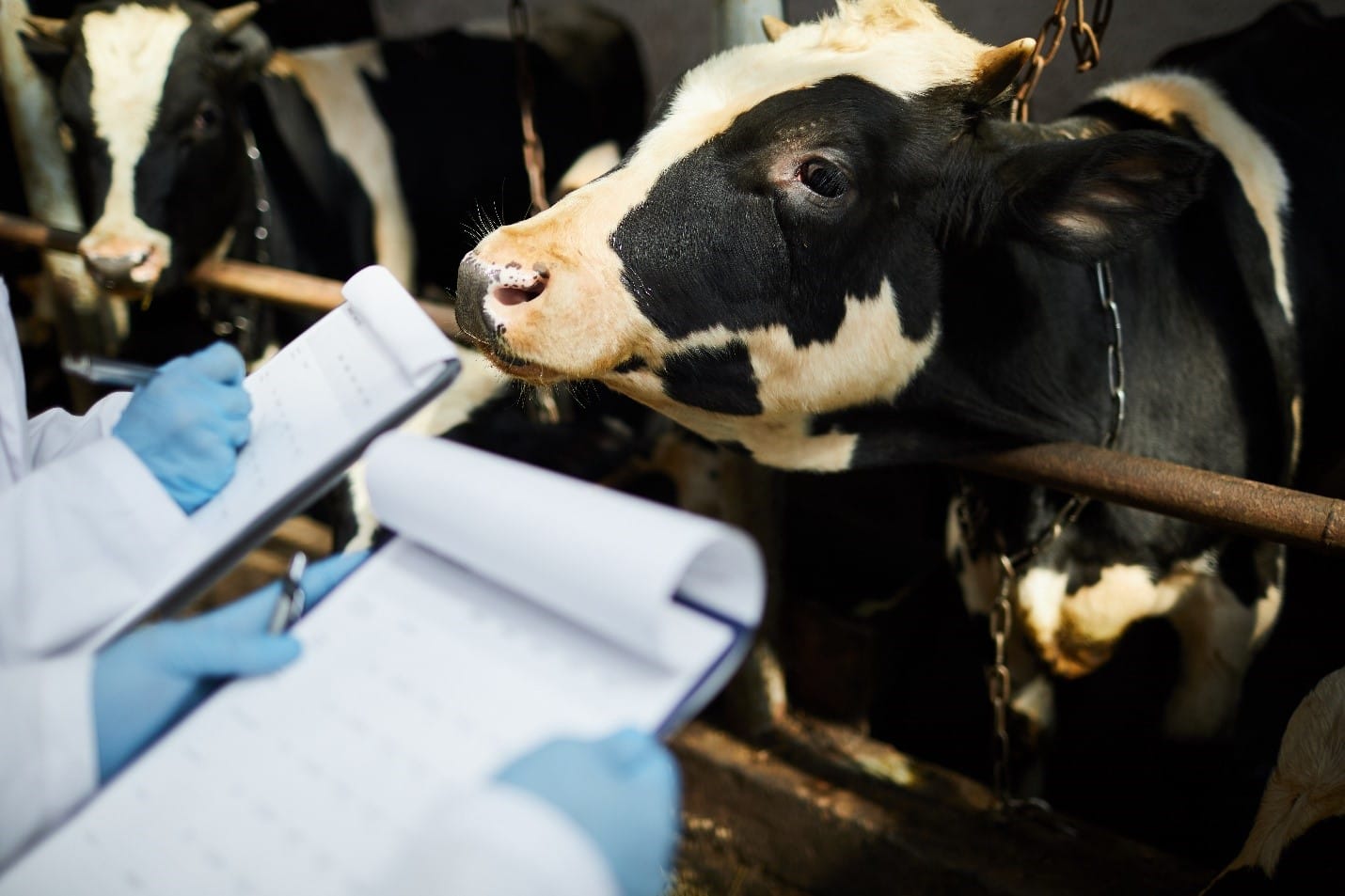Farm biosecurity is an important element of modern agriculture methods that aim to protect the health and efficiency of crops, livestock, as well as the natural environment. In an era of new ailments, climate change and the globalization process, maintaining biosecurity protocols is crucial in order to avoid spreading and introducing hazardous pathogens, pests and other invasive species. With the use of rigorous biosecurity measures Farmers can reduce threats and ensure sustainable operation of their farm for the long term. This article focuses on the significance of biosecurity on farms and the most important steps farmers can take to safeguard their livelihoods as well as wider agricultural production.
Biosecurity on farms encompasses a variety of preventative measures that aim at stopping, controlling and eliminating potential disease or pests as well as hazards which could threaten the productivity of agricultural crops. It is a broad plan that covers not only managing livestock and crop production, but also considerations regarding the infrastructure, equipment and humans’ activities in the farm. It is the primary objective to avoid the introduction of infective agents, and to minimize their effects if they do infringe the defenses of the farm. Through the implementation of robust biosecurity practices farmers are able to protect their crops and animals and maintain their production levels and ensure the well-being and health of both the farm’s workers and their customers.
To establish effective farm biosecurity, farmers must address various components. The most important is managing the movements of individuals or animals as well as equipment on and on and around the farm. Biosecurity checkpoints, quarantines and footbaths are a way to limit the risk of contamination. Additionally, keeping a clean and clean environment is essential. The regular cleaning of vehicles, equipment and shoes can greatly lower the chance of transmission. Also, farmers should manage their the carcasses and waste properly in order to stop the spread of disease. Furthermore, implementing the correct strategies to control pests can help reduce risks from the invasive species which could cause havoc to the native vegetation and crops.

The chance of transmitting disease is increased due to the higher concentration of animals living in enclosed areas. Vaccinations play an essential part in the prevention of contagious illnesses, and proper methods of animal handling can help reduce the stress and risk of being vulnerable. Separating and quarantining animals that are coming in and implementing a limited access policy are essential orgacids feed sanitizer malaysia measures that help stop the spread of disease. Monitoring and monitoring regularly helps to identify outbreaks before they become serious which allows for quick and precise action to stop the spread of disease.
Biosecurity is a key component of crop farming. is a strategy to protect crops from the effects of pests, diseases and other invasive species that may reduce the yields. The practice of crop rotation using disease-resistant varieties and ensuring good hygiene in the field can reduce the growth of disease in soils and in crops. Utilizing buffer zones and other physical barriers surrounding fields could assist in stopping the spreading of pathogens and pests in adjacent fields. In addition, strict hygiene practices throughout harvesting, plantation, as well as transportation can reduce the chance of contamination.
Biosecurity in the farm is not only the sole responsibility of a few farmers. It requires the an effort from the whole agriculture community, the scientists, government agencies and other industry players. Authorities play an important function in the development and implementation of biosecurity regulations and policies. Farmers are able to access information and resources via extension services as well as educational programs that help them gain a better understanding of biosecurity techniques. Collaboration can also facilitate the sharing of information and experience which allows farmers to remain updated on current risks and methods.


